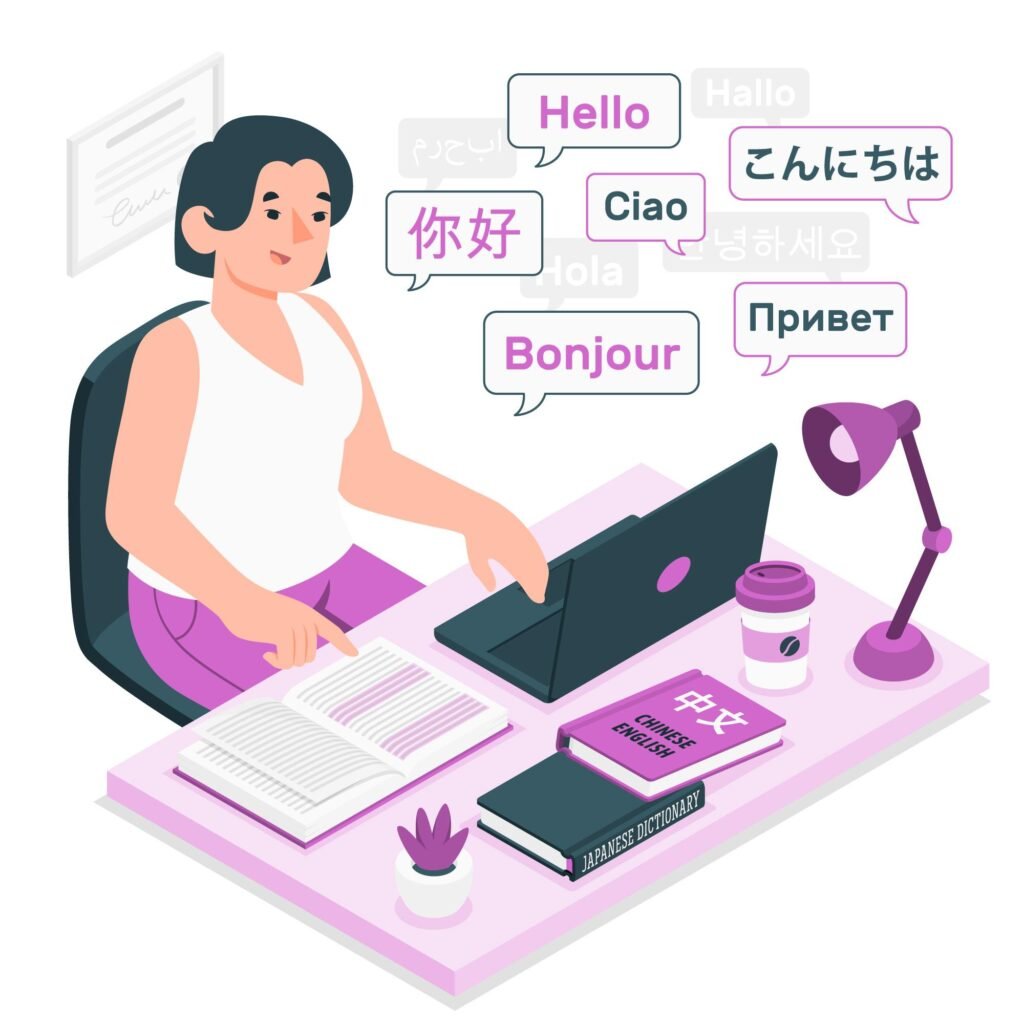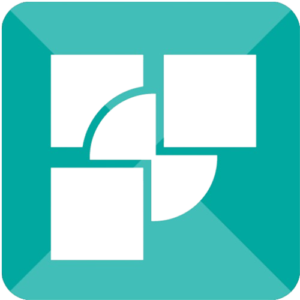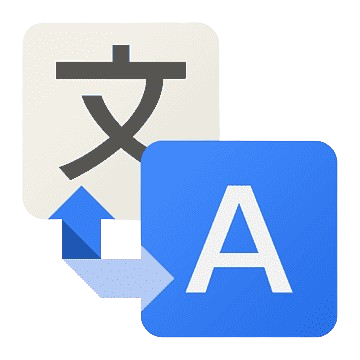
What is Translation Services?
A translation service involves converting written or spoken content from one language to another while preserving its meaning, tone, and cultural nuances. This role requires strong linguistic skills, cultural awareness, and attention to detail to ensure accurate and effective communication across languages.
Job Opportunities:
Freelance Translator
Provided independent translation services for diverse clients and projects.
Localization Specialist
Adapt content like websites, software, and apps for specific regional audiences.
Interpreter
Translate spoken language in real-time during meetings or conferences.
Content Localizer for Media
Work on translating and adapting subtitles, scripts, and dubbing for entertainment or gaming.
…and more roles in transcription, customer support, project management, and education!
Initials: The translation services niche does not require an initial investment, as you can start by leveraging your language skills and offering services online.
How Much Can You Earn as a Translator Annually?
Earnings depend on language pairs, specialization, and whether you are a freelancer or working in-house. Here’s a breakdown:
Entry-Level Translators
Earnings: $20,000 – $40,000
Roles: Typically work on basic translation projects, often as a freelancer or junior employee.
Intermediate Translators
Earnings: $40,000 – $70,000
Roles: Handle more complex tasks and specialize in fields like legal, medical, or technical translation.
Experienced Translators
Earnings: $70,000 – $120,000+
Roles: Highly skilled in niche industries or certified professionals with a strong client base.

Commonly Used Software in Translation Services
Here are commonly used software in Translation Services:
SDL Trados Studio
SDL Trados Studio is a professional translation memory tool designed for large-scale projects, ensuring consistency and efficiency. It offers advanced features like terminology management and collaboration for teams. The software requires a subscription or one-time license fee, though free trials are available. It’s ideal for professional translators working on complex or repeated content.

Google Translator
Google Translator is a free, AI-powered tool supporting translations in over 100 languages. It’s great for quick, basic translations and integrates easily with Google Docs. While user-friendly, it may lack precision for professional or nuanced tasks. Advanced business features are available at a cost via Google Cloud’s Translation API.

Essential Physical Equipment for Translation Services
Here is a list of basic and additional physical tools needed for Translation Services:
Basic Equipment (Must-Have)
Computer/Laptop
A fast and reliable computer is crucial for translation software and multitasking.
Popular choices: Apple MacBook Pro, Dell Latitude 3550 Business Laptop
High-Speed Internet Connection
A stable, fast connection ensures smooth access to translation platforms and research.
Popular Choices: Google Wifi
External Storage Devices
External storage helps back up projects and manage large files securely.
Popular choices: SanDisk Extreme SSD, Samsung T7 SSD
Additional Equipment (Nice-to-Have):
Headset or Microphone
A good headset or mic ensures clear communication during virtual meetings or audio translations.
Popular choices: Jabra, Sony WH-1000XM5
Printer/Scanner
Useful for scanning and printing hard copy documents for translation.
Popular choices: Brother.
As an Amazon Associate, I earn from qualifying purchases.
Learn How to Translate
YouTube Tutorial: Interpreter Breaks Down How Real-Time Translation Works | WIRED
Here are some tips to become a successful translator:
Master Your Languages: Be fluent in both your source and target languages, focusing on grammar, idioms, and nuances.
Specialize: Pick a niche like legal, medical, or technical translation to stand out and charge higher rates.
Use Tools: Leverage translation software and CAT tools to improve efficiency and accuracy.
Build a Portfolio: Showcase your work to attract clients and demonstrate your skills.
Network: Join translation communities and connect with clients through platforms like LinkedIn or Upwork.
Continuous Learning: Stay updated with language trends, certifications, and new translation technologies.
